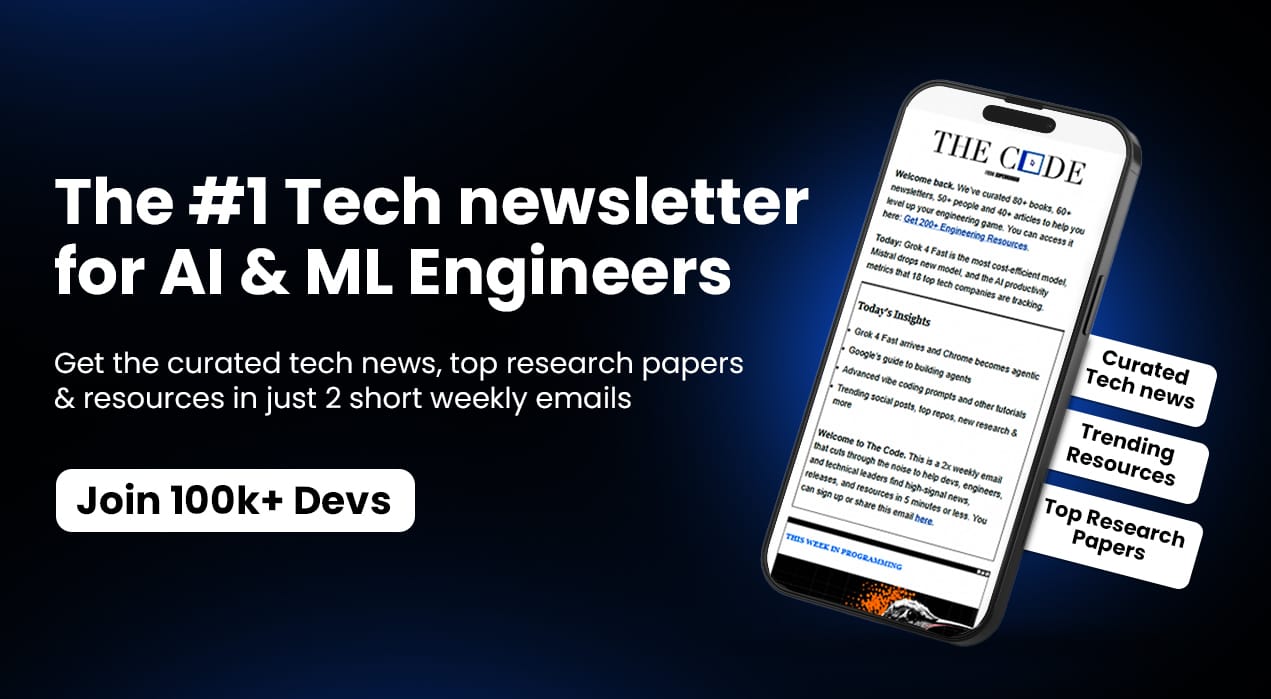We wouldn't want to be a junior marketer looking for a job in 2025.
Taligence's Q3 Marketing Jobs Report just dropped, and the headline numbers look stable enough: 33,679 marketing roles at quarter-end, a mere -1.3% decline year-over-year. But there’s a lot going on behind that stable facade.
Senior roles—director-level and above—are up 5.3% year-over-year, and C-suite positions jumped 26.5%. Meanwhile, entry-level and generalist roles are getting squeezed, with entry/associate positions down 8.6% YoY. The average job posting is staying seven days longer than last quarter.
Companies are hiring fewer people, taking longer to decide, and when they do hire, they're paying for experience and specialization.

Now, the report itself doesn't mention AI once. Not automation, not LLMs, not generative tools. But we talk to people in the industry every week, and here's what we keep hearing: that drop in junior roles isn't just budget cuts or economic uncertainty. It's AI crowding them out. When ChatGPT can draft your social posts and Midjourney can mock up your concepts, you don't need three junior marketers to execute what one director can now orchestrate.
The rise in senior positions? AI is working in the opposite direction. You need experienced people who can actually integrate these tools into strategy, who understand when to trust the output and when to override it, and who can manage workflows that didn't exist two years ago.
And here's an eye-popping number: Communications & PR roles dropped 17.5% year-over-year. When routine writing tasks like press releases can be generated in seconds, you don't need the same headcount.
Teams are reorganizing around judgment calls, not task execution.
If your role is primarily about executing repeatable processes, the market is deciding you're expensive infrastructure. If your role is about judgment, taste, or navigating ambiguity, you're irreplaceable—for now.
So what should you do with this? If you're early-career, this is your cue to specialize aggressively and learn the systems your senior colleagues are betting on. We wrote about this change in Forbes recently. If you're hiring, expect longer cycles and more competition for the talent who can actually operate in this new layer. And if you're running a team, the question isn't whether AI is coming for roles—it's whether you're clear on which roles require human judgment and which are just waiting for better automation.
The market is already deciding. You might as well decide first.
— Torsten & Peter
PS: Taligence’s newsletter, CMO Ladder is one of our partners. Check them out if you want to learn more about the power moves of the global marketing C-suite.
Field Note: The Real Fear Isn’t AI. It’s Irrelevance.
We were talking to a creative director who said his team “just isn’t ready for AI.” But after five minutes, it was clear—they weren’t afraid of the tools. They were afraid of becoming background noise.
That’s the real resistance. It’s not technical. It’s personal. Leaders who get through it don’t cheerlead. They reframe.
We tell teams, “You’re not being replaced — you’re being upgraded.” AI clears the grunt work so people can shift from doing to designing how the work gets done.
That’s where ownership comes back, and fear turns into fuel.
→ Inside Pro: How to Win Your Team for AI — the 3C adoption framework and workshop replay. Click here to upgrade.
What 100K+ Engineers Read to Stay Ahead
Your GitHub stars won't save you if you're behind on tech trends.
That's why over 100K engineers read The Code to spot what's coming next.
Get curated tech news, tools, and insights twice a week
Learn about emerging trends you can leverage at work in just 10 mins
Become the engineer who always knows what's next







